On this date in 1929, the Chicago Black Hawks played their first game in the new Chicago Stadium, defeating the Pittsburgh Pirates 3-1 before 14,212 fans as Vic Ripley scored twice in 35 seconds to lead the Black Hawks.
When it opened in 1929, Chicago Stadium was the largest indoor arena in the world, with a capacity of 16,600 fans at the time. It was built by Paddy Harmon, who lost out on owning the Black Hawks franchise when it was first awarded, but figured if he couldn't own the team, he would at least own the stadium in which they would play.
Chicago Stadium cost $9.5 million to build and was the first arena with air conditioning, such as it was at the time, as the arena was prone to bouts of fog during late-season games.
The stadium, known as "The Madhouse on Madison" was known for it's close quarters, many quirks and unique features, including two of the steepest, close to the action balconies in sports. Watching from the top level has been compared to clinging to a mountain face and watching goats on a ledge below.
The dressing rooms were located in the lower level of the building and players had to walk down a long hallway and then negotiate a cramped climb up 22 narrow steps, while wearing skates mind you, to reach the rink. Once on the ice, it's surface was only 185 feet long, 15 feet shorter than a standard rink of today.
These steps were indirectly responsible for the invention of the curved stick, as
Stan Mikita, angered at the thought of having to descend these steps and make the trek to the dressing room to retrieve a new stick after cracking his old one, fired a puck into the boards with the cracked stick and noticed the difference that the curved blade made, which led to him developing a proper curved stick blade.
The stairs which led up to the ice surface behind the goal, complete with a
"smash your head" overhang
Here is the intimidating flight of stairs seen from above at ice level
It also contained the last scoreboard with analog clocks, which the visiting announcers could never figure out. Some of the dials even ran backward to a normal clock, confusing those unfamiliar with it to no end. The analog scoreboard was installed in 1943 and not replaced until 1974, far outliving it's usefulness.
Chicago Stadium as also well known for its loud cheering during the national anthem sung by Wayne Messmer aided by a Barton pipe organ with 3,663 individual pipes. "The worst part is that I can't be in the crowd, experiencing it myself," said Messmer.
Speaking of noise, Chicago Stadium was also well known for it's intensely loud goal horn, which was the foghorn removed from the Wirtz family yacht and installed under the center ice scoreboard that reportedly brought more than one visiting player to his knees.
The stadium hosted the 1948, 1961, 1974 and 1991 NHL All-Star Games, as well as being home to the Chicago Bulls of the NBA from 1967-1994, the 1973 and 1988 NBA All-Star Games, five political conventions for both Democrats and Republicans, many concerts, including Frank Sinatra, Elvis Pressley, Led Zeppelin and the Rolling Stones and boxing matches, featuring at times Jack Dempsey, Joe Louis, Rocky Marciano, Sugar Ray Robinson and Muhammad Ali, among the many events held there.
One of the most unusual events had to be the 1932 NFL playoff game moved indoors due to a snow storm on a field that was 80 yards of dirt, won by the Chicago Bears 9-0 thanks to a pass from Bronko Nagurski to Red Grange.
The 1932 NFL playoff game held inside Chicago Stadium
Chicago Stadium had a seating capacity of 17,317 at the end, but additional standing room tickets were sold. The largest crowd for a Blackhawks game was 20,069 for playoff game in April of 1982 versus Minnesota, a record for an NHL game that stood for 14 years.
The final Blackhawks game was held on April 28, 1994, a 1-0 loss to the Toronto Maple Leafs that eliminated Chicago from the playoffs.
Today's featured jersey is a 1929-30 Chicago Black Hawks Edward "Teddy" Graham jersey as worn during the Black Hawks first season in the new Chicago Stadium. Notice the many windows visible from the seating area in the new stadium.
Graham played ten seasons in the NHL with Chicago, the Montreal Maroons, Detroit Red Wings, St. Louis Eagles, Boston Bruins and New York Americans.
Graham, a defenseman, finished his NHL career with 350 games played, scoring 14 goals and 25 assists for 39 points and won a Memorial Cup in Canadian Junior hockey prior to joining the NHL.
This jersey style was first introduced in 1927 when the previous white jersey with black stripes had the colors reversed. This new black style was used through the 1933-34 season.
Chicago Stadium was renowned for the fans cheering loudly all throughout Wayne Messmer's stirring renditions of the Star-Spangled Banner before each Blackhawks game, none louder than the 1991 NHL All-Star Game.
Former Minnesota North Star Tom Reid calls the action in "The Madhouse on Madison" during a 1982 playoff game.
Here are the closing ceremonies at Chicago Stadium in 1994, in three parts.
For further viewing, we recommend "Remember the Roar", a five part history of Chicago Stadium.
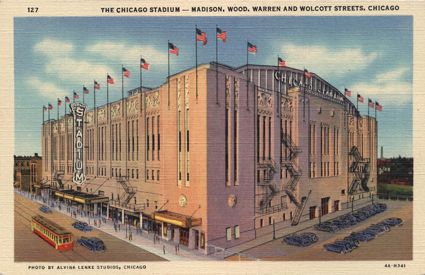
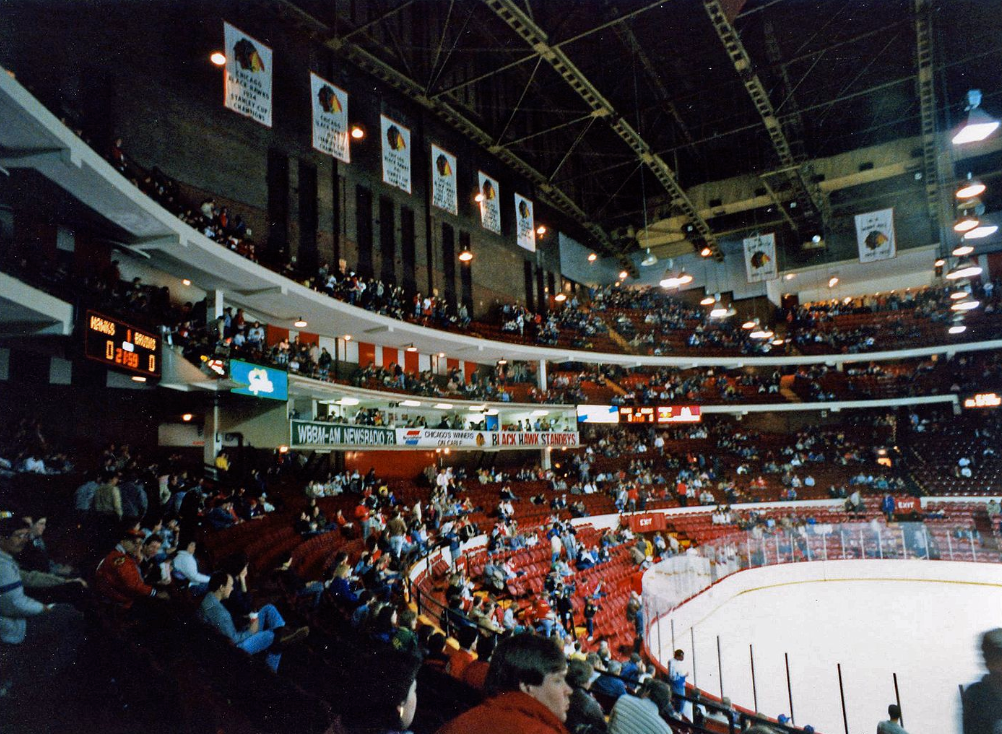
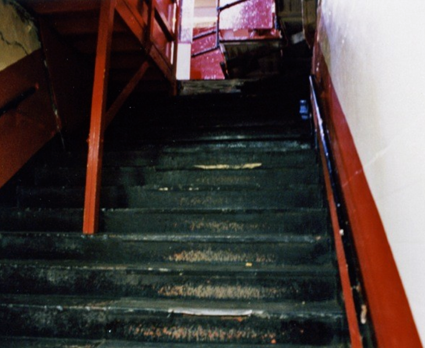
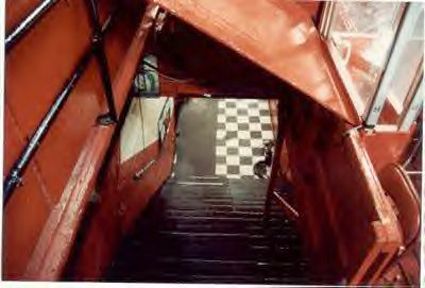
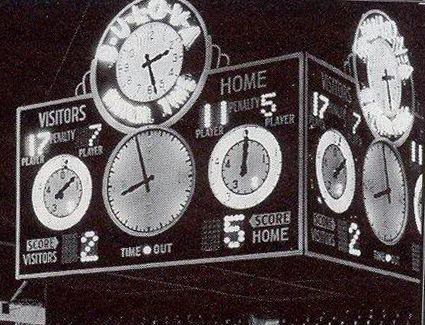
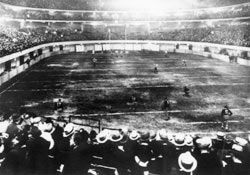
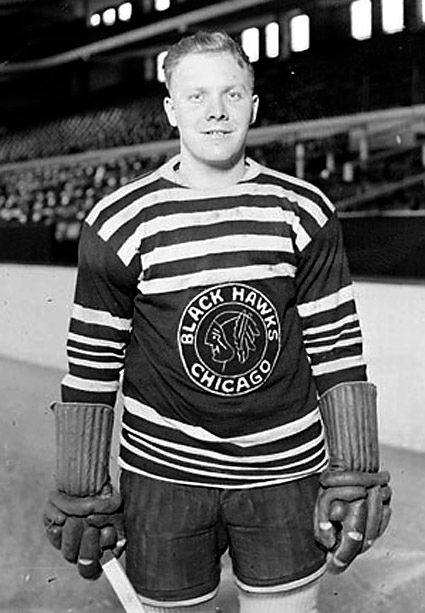









No comments:
Post a Comment
We welcome and encourage genuine comments and corrections from our readers. Please no spam. It will not be approved and never seen.